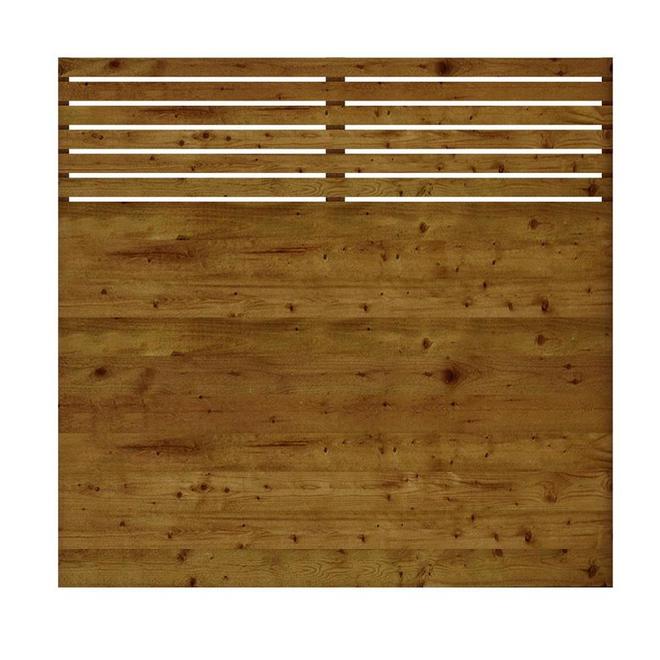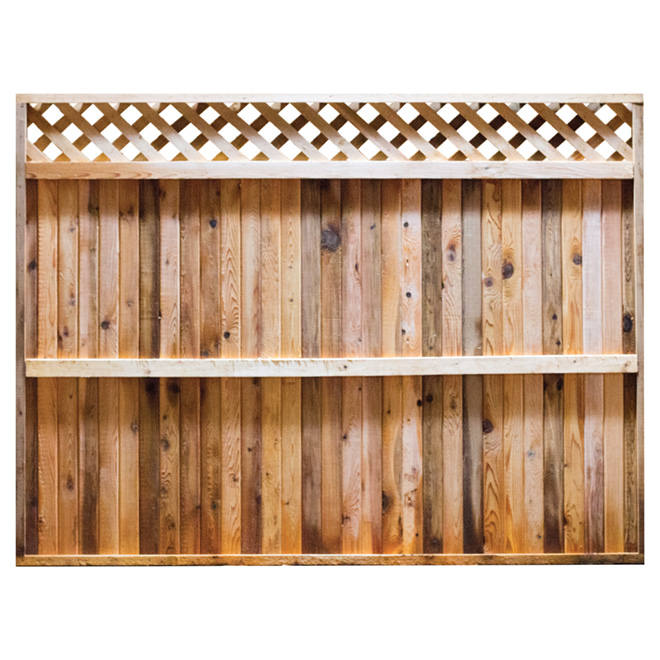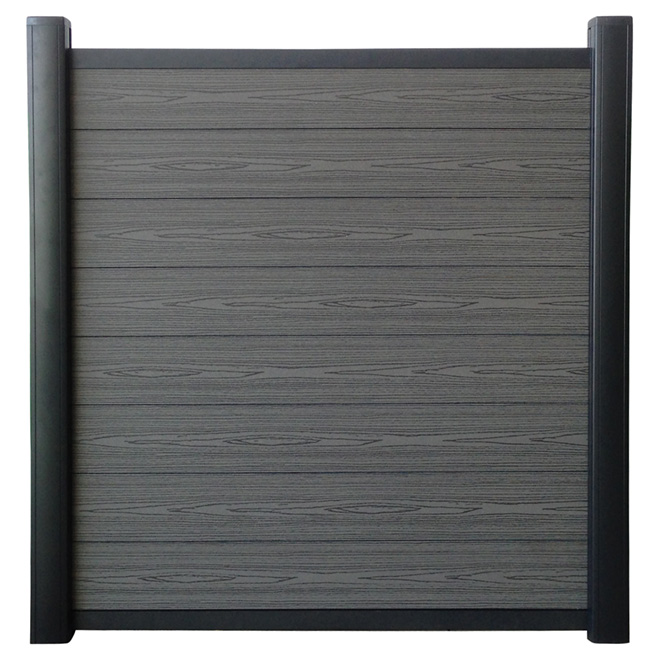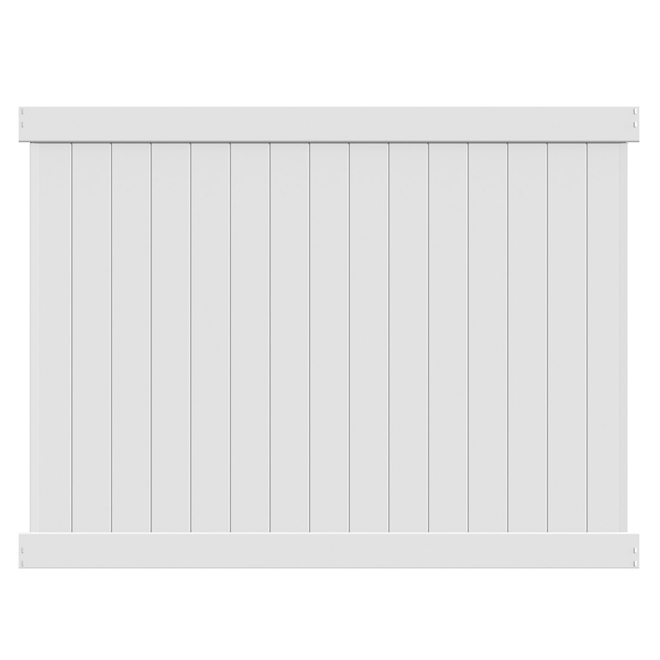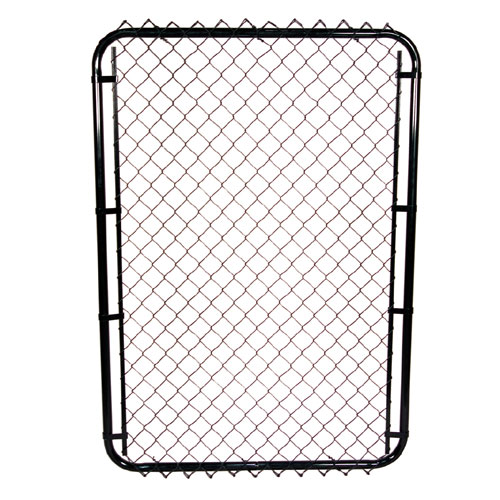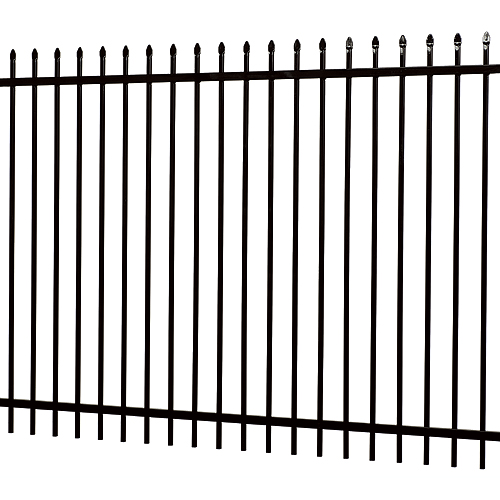Determine the needs
Establish the purpose of the fence
- Privacy: When your backyard joins a neighbour's yard or faces a busy street, opt for a solid-panel or fine-trellis fence. This will ensure your privacy and block out an unwanted view.
- Security: In areas with a lot of traffic or a neighborhood where safety is an issue, a high vertical fence is the preferred option. A high fence is recommended where children play outside.
- Animals: Once you know how high your pet can jump, you can establish the height you require. Do not opt for fencing with any kind of pointed ornamentation on top.
- Pool: In some provinces, such as Quebec, you must by law install pool fencing. Check with your municipality for the required height and other specifications.
- Weather: In regions where heavy winds are common, a fence may provide protection. Choose a fence with a solid foundation (with sonotubes) and install posts closer together. Do avoid full panels 6' wide or more, and ensure the model allows for air to flow through freely.
- Pollution barrier: A fence is useful where there is an excess of noise, dust and fumes from busy thoroughfares. Choose a high opaque fence model (ideally with wood on both sides).











